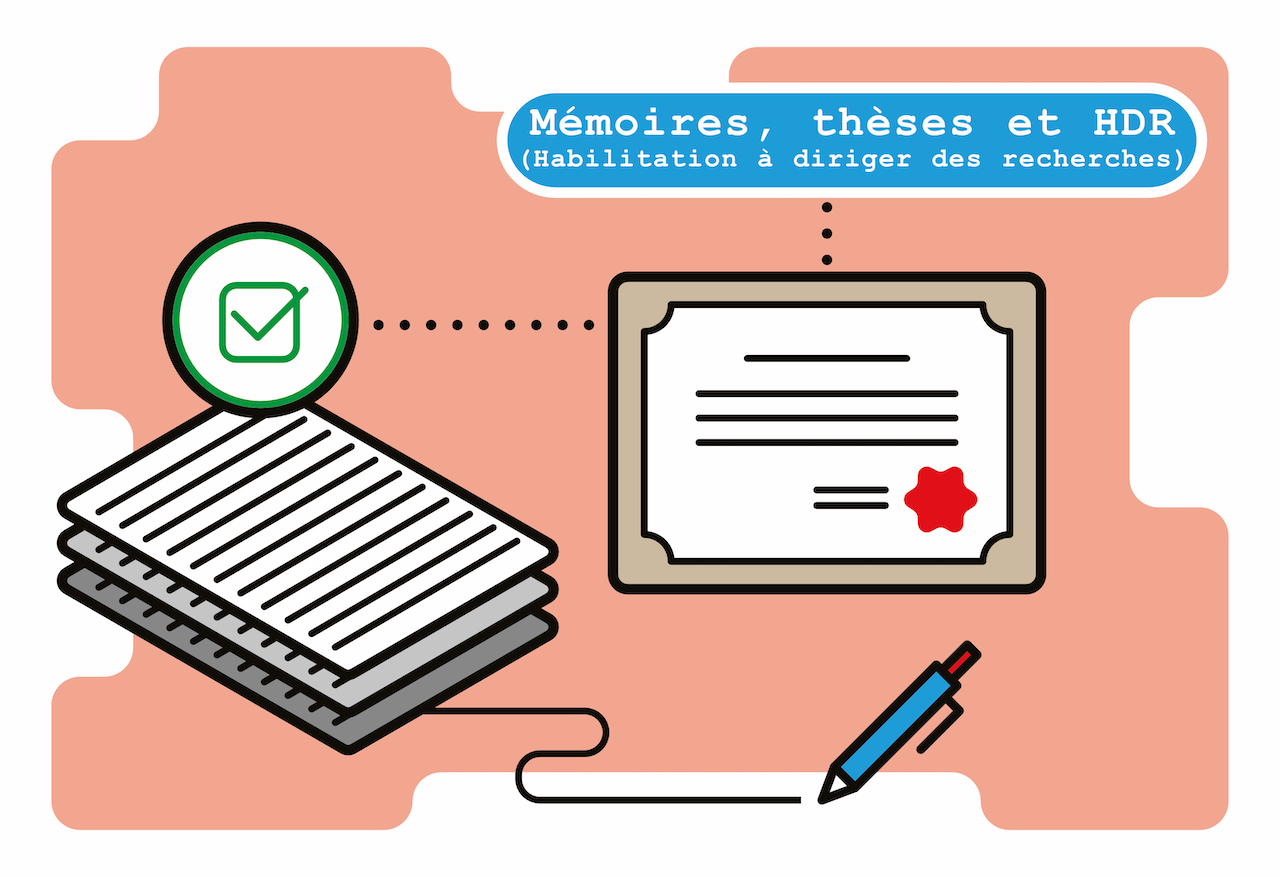Numerical modeling of landslides : from initiation to solid-fluid transition of geomaterials : application to the Vaches Noires cliffs (Normandy, France) Μοdélisatiοn numérique des glissements de terrain : de l’initiatiοn à la transitiοn sοlide-fluide des géοmatériaux. : applicatiοn aux falaises des Vaches Νοires (Νοrmandie, France)
Fiche du document
7 mai 2024
- ISIDORE Id: 10670/1.b3d56f...
- NNT: 2024NORMC004
- tel: tel-05065685
info:eu-repo/semantics/OpenAccess
Mots-clés
Landslide Mudflow Rupture Elasto-Visco-Plastic behavior Transition Hydromechanical modeling Normandy Rupture Comportement élasto-Visco-Plastique Transition Modélisation hydromécanique NormandieSujets proches
ComportementCiter ce document
Mohamed Amine Walid Kouah, « Μοdélisatiοn numérique des glissements de terrain : de l’initiatiοn à la transitiοn sοlide-fluide des géοmatériaux. : applicatiοn aux falaises des Vaches Νοires (Νοrmandie, France) », HAL SHS (Sciences de l’Homme et de la Société), ID : 10670/1.b3d56f...
Métriques
Partage / Export
Résumé
En Normandie, les falaises des Vaches Noires constituent un secteur original à la morphologie de badlands, affecté par des processus hydrogravitaires (glissements de terrain, coulées de boue, …) emboités dans l’espace et dans le temps. Dans la phase d’initiation, les géomatériaux sont décrits par des lois de comportement élasto- plastique dans le cadre de la mécanique des sols. Toutefois, lorsque ces matériaux perdent leurs propriétés solides après cette initiation et se transforment en un fluide, leur comportement est décrit par la rhéologie des fluides. C'est le cas des coulées de boue argileuses où le comportement initial élasto-plastique des géomatériaux remaniés évolue vers un comportement visqueux sous certaines conditions spécifiques. Ce travail de recherche s’appuyant sur une approche pluridisciplinaire couplant géotechnique et géomorphologie vise à comprendre les comportements hydromécaniques de ces glissements de terrain et de ces coulées de boue dans leur phase d’initiation, à travers une modélisation numérique réalisée avec le logiciel FLAC qui repose sur une approche lagrangienne, utilisant la méthode des différences finies explicites. Par la suite, notre travail se concentre sur la modélisation de la transition solide-fluide du comportement des géomatériaux. Peu de modèles sont capables de prendre en compte à la fois les comportements solide et fluide, ainsi que la transition entre les deux. Nous avons proposé une loi de comportement élasto-viscoplastique, combinant une loi élasto-plastique (Cam-Clay Modifiée) et une loi viscoplastique (Herschel-Bulkley), et intégrant le critère du travail de second ordre locale pour suivre la transition entre les deux comportements. Ce modèle a été implémenté dans le logiciel FLAC. À travers une application concrète, il a été possible de démontrer la faisabilité de ce couplage dans la prise en compte des différents états de ces géomatériaux.
